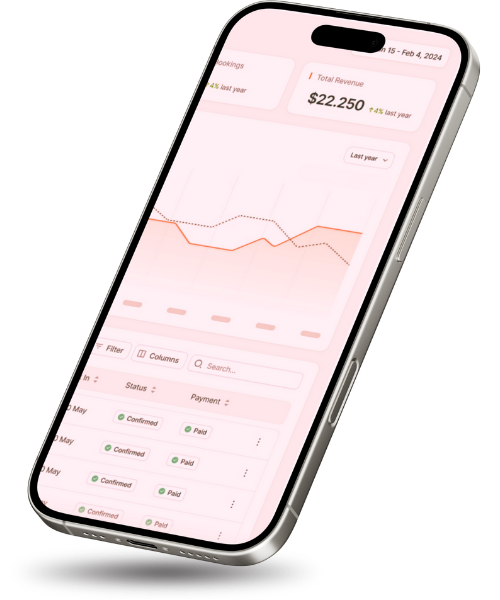BAR Pricing Strategy
What is the meaning / definition of BAR Pricing Strategy?
A BAR Pricing Strategy is a revenue management strategy, based on the Best Available Rate. It is also called a fixed tiers approach because, you are going to fix your BAR, meaning the lowest price available in your hotel and set the other rates according to it. For example, your BAR is set at 100 euros. Your reward program rate will be 50% off the BAR and your OTA price, 30% off the BAR.
Therefore, if the BAR goes up or down, the other prices follow. Different level of BAR can also be set up, according to the occupancy rate.
A hotel in Wimbledon (London, UK) wants to make as much money as possible during the world-famous Wimbledon Lawn Tennis Championships. They know that demand for rooms and other services will be very high during that time in summer. So, they plan to increase their prices then, in parallel to demand escalation.
It is a pretty simple strategy, but not really relevant in the actual distribution context. Indeed, this strategy can create a loss of revenue; as you base your BAR on occupancy rate, when the occupancy rate is reached, some channels are going to be closed. This will induce a loss of visibility or eventually customers redirecting to third party channels if you close the direct one.
See also:
Synonyms
- Best Available Rate Pricing Strategy
* Hotel Terminology Glossary by Xotels Revenue Management Consulting

Share This Story, Choose Your Platform!

About the Author:
As CEO and Founder of XOTELS, Patrick Landman has made it his mission to turn hotels and resorts into local market leaders. XOTELS´ diverse expertise and deep-knowledge across revenue management consulting, hotel management, and hotel consulting, enables us to drive results for independent boutique hotels, luxury resorts, and innovative lodging concepts. Below you will find opinion articles written by Patrick Landman.


